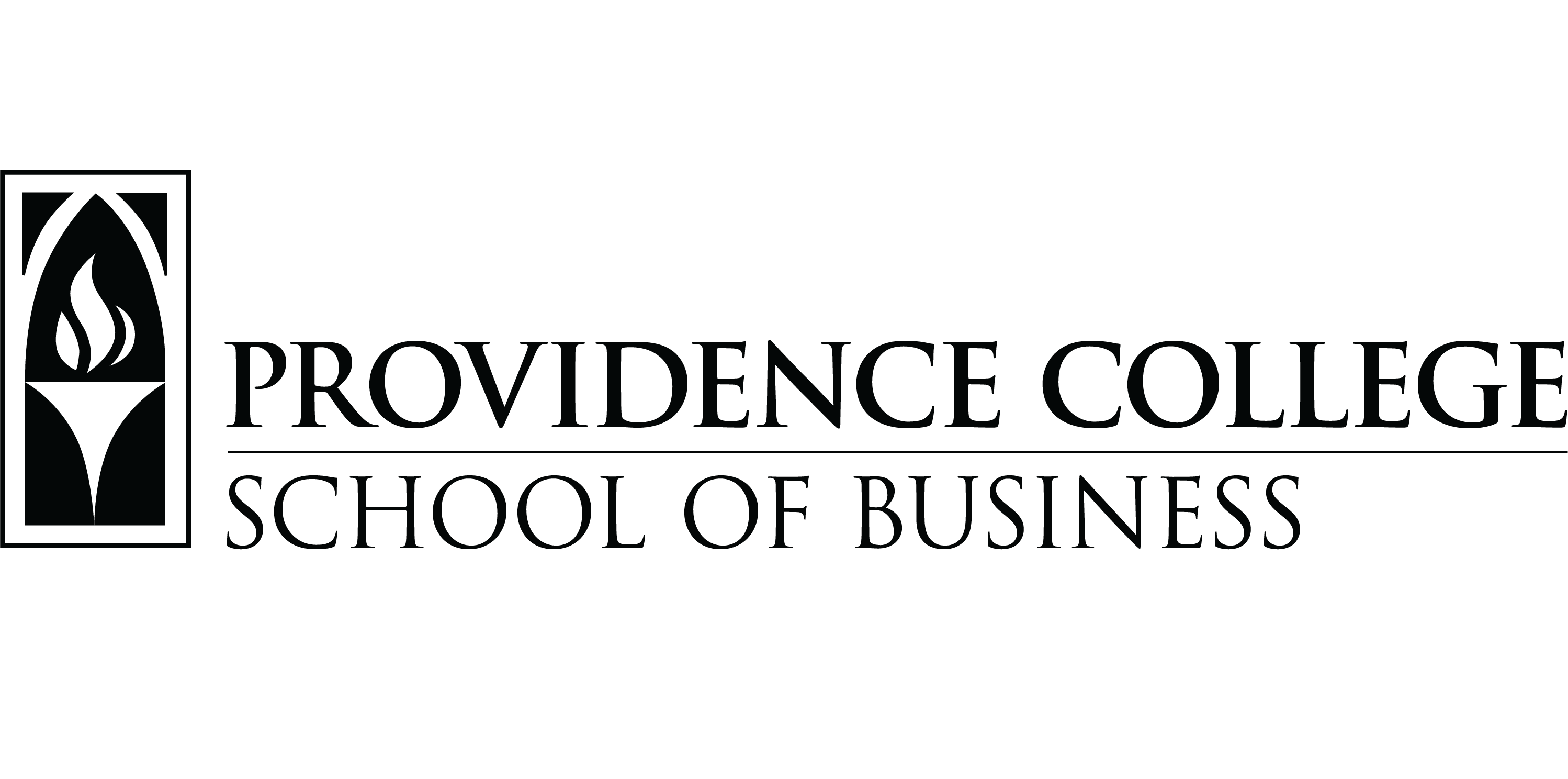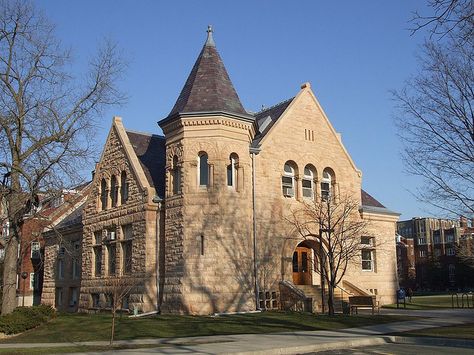When you choose a college, you’re really playing some form of roulette. You’re placing your chips on one number, hoping it gets called after four years. In college, however, you have a distinct advantage over the house. You can produce a high grade point average, assume leadership roles in clubs, network with alumni, and complete internships to boost your odds of winning a good job.
Question is, do you just want to win – or win big?
When it comes to income, some undergrads earn more than graduates from other schools. In a new report by the Metropolitan Policy Program at Brookings, one conclusion comes through loud-and-clear: The schools whose alumni generate the highest earnings may not necessarily be the ones that you’d expect.
A RANKING BASED ON LONG-TERM CAREER OUTPUTS
Brookings’ “value-added ranking” differs significantly from traditional school rankings, which tend to lean heavily on inputs such as acceptance rates, GPAs and standardized test scores and short-term outputs such as starting salaries and placement rates. Those snapshots certainly reflect the quality of classmates and the value that employers initially peg schools. However, they generally fail to quantify a degree’s value over time.
In Brookings’ methodology, inputs like academic background, family income, financial aid and tuition pricing are among the variables that are used to establish a baseline in an area, for example, like projected salary. At the same time, those projections are contrasted against outputs like mid-career earnings. The discrepancy between those numbers is called the “value add.” And this difference identifies those schools whose alumni are performing better than the data suggests they should. In other words, these economic outcomes cut through the hype to show students what they should expect to earn in the coming years.
“The advantage of measuring value-added is that it adjusts a school’s rankings based on the type of college and the characteristics of the student body,” writes Jonathan Rothwell, a Brookings Fellow who co-authored the report.
As part of the methodology, Brookings targeted three variables. First, they evaluated alumni mid-career earnings, data derived from PayScale that showed median total earnings (by school) for alumni with 10 or more years of experience. Second, Brookings incorporated occupational earnings power into the formula, which uses occupational salary data from Linkedin and the Bureau of Labor Statistics to formulate average salary figures per school. Finally, the methodology mixed in Federal student loan default rates. Aside from student input data, baselines also included factors like curriculum value (“labor market’s value of the college’s mix of majors”); value of alumni skills (“the labor market values of the 25 most common skills listed on Linkedin resumes of alumni who attended the college”); and STEM careers (“the percentage of graduates who complete a degree in a field of student that prepares them for an occupation demanding high levels of science, technology, engineering or math knowledge”).
STEM-DRIVEN PROGRAMS RULE FOR LONG-TERM INCOME
So where should you go to earn the highest returns? Start with schools with a heavy emphasis on STEM. And the top performer in that area is Pasadena’s California Institute of Technology. Referred to as Caltech, the school is known in popular culture for employing many of the characters portrayed in The Big Bang Theory. A truly research-driven program, Caltech is a major draw for quants, with nearly 97 percent of its graduates working in occupations requiring a STEM degree (roughly 40 percent above the mean). Mid-career alumni also earn a hefty $114,100 annually – a 43.8 percent value add. But a number that pales in comparison to instructor salaries at the school, which average $189,816 (now you know how Leonard can afford all those comic books). Caltech graduates also produced the highest value for alumni skills at $91,029 – nearly $9,000 higher than Stanford and over $13,000 more than Harvard. Even more, Caltech is a bargain, with students receiving an average of $19,066 in student aid against an average tuition of $43,362 (though its admissions rate hovers between eight and ten percent).
Colgate lands the second spot in Brookings’ ranking, with mid-career graduates making $126,600 annually (against a projected $79,774). Unlike Caltech, Colgate isn’t a truly STEM-driven program, with barely a third of graduates working in STEM fields. Even more, its curriculum value is just $56,360, over $22,000 less than Caltech. So what’s Colgate’s secret? In its formula, Brookings accounts for an X-factor, “the unmeasurable qualities or errors in the prediction model.” And Colgate maintains a 27.2 percent rate here, one of the highest among programs. In other words, intangibles like the alumni networks and teaching quality elevates Colgate above what Brookings can measure.
Rounding out the top five are the Massachusetts Institute of Technology (MIT), Indiana’s Rose-Hulman Institute of Technology, and Carleton College, a private liberal arts school in the Twin Cities. MIT grads, on average, earn an enviable $128,800 a year by mid-career, second only to California’s Harvey Mudd College ($133,800). That may be one reason for its middling 2.7 percent loan default rate. Another would be its generous student aid package, which at $23,991 is the most generous among the top 20 schools. Rose-Hulman dominates when it comes to the value of its curriculum, topping the list at $82,750. Here, 99.4 percent of students enter STEM careers – twice the percentage of Carleton grads (who are earning $3,000 more per year at mid-career than their Rose-Hulman peers).
Regionally, the best place to earn the highest salaries is New York, with five of the top 20 programs residing there (Six if you count the Stevens Institute of Technology in nearby Hoboken, New Jersey). California added three schools to the top 20, with Massachusetts, Virginia, and Texas each placing two schools there.
Surprisingly, no Ivy League school ranked among the top 20 programs for mid-career earnings, with Brown University coming in 30th (though 46 percent of alums worked in STEM fields and earned $114,500 by mid-career). Major state research schools also didn’t fare particularly well. For example, when it comes to mid-career earnings, Wolverine grads ranked behind seven other Michigan schools, including Ferris State and Oakland University (not to mention in-state rival Michigan State). The University of Pennsylvania, ranked as the top undergraduate business program by Poets&Quants, also achieved mixed results, though mid-career alums were earning an above average $112,200 annually.
Beyond school-specific data, the report also uncovers some emerging trends. For instance, Brookings found a correlation between stronger economic outcomes and more generous financial aid packages. It also cited a connection between higher incomes and alumni majoring in fields like engineering, computer science, business and healthcare. More precisely, STEM backgrounds helped alumni generate the highest earnings. “STEM is the biggest measurable factor on average across all the institutional factors,” Rothwell tells Fast Company. “The only surprising thing is that it works even if you don’t go to an elite school.”
Brookings’ approach is bound to garner criticism, particularly for its heavy emphasis on income outcomes, which some may conflate with mastery and growth. What’s more, a degree is only one variable in career success, with region, economic cycles, soft skills, and additional education also playing a part. However, the methodology does begin to address the long-term financial benefits of a degree. Still, as the authors admit, it is a start to a new conversation – and a full on challenge to how schools are normally evaluated.
Go to the next page for school-specific salary information.
















Questions about this article? Email us or leave a comment below.